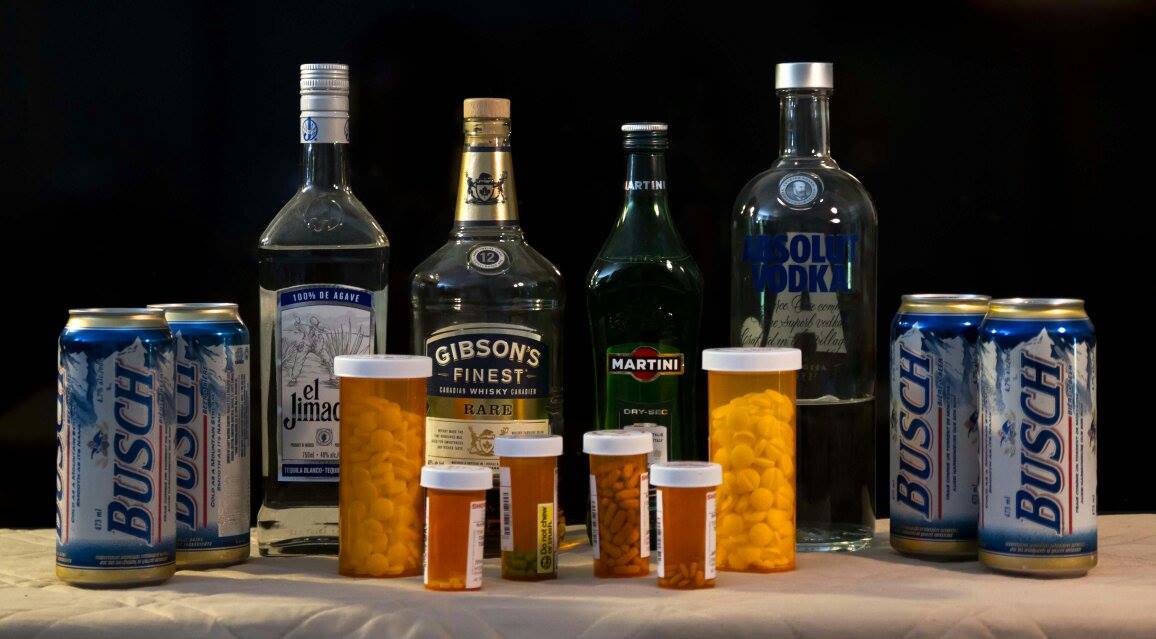Vodka, What is Vodka, Types of Vodka, Vodka production

Vodka speaks to what is Vodka, types of Vodka, Vodka production and talks about the distinctive flavour of such.
Ratings state that vodka is a clear for the most part mild tasting distilled liquor which is comprised of water, ethyl alcohol and flavorings. It is fermented from grain, rye, wheat, potatoes or sugar beet molasses.
The alcoholic content usually ranges between 35 to 50 per cent by volume and vodkas are 40 per cent alcohol by volume (80 proof). Alcohol by volume is half the “proof” rating of vodka or any other liquor.
For a liquor to be designated “vodka,” vodka ratings state that governments establish a minimal alcoholic proof. The European Union established 37.5 percent alcohol by volume as the minimal proof for European vodka.
Vodka is often drunk neat but is often used in mixed drinks and cocktails such as a bloody mary, screwdriver, white Russian, vodka tonic and the vodka martini.
Vodka was heard of in recorded history approximately at the beginning of the 15th century and was first known of vodka of bread wine. Bread wine was a spirit distilled from alcohol made from grain (as opposed to grape wine) and hence "vodka of bread wine" would be a water dilution of a distilled grain spirit.
Vodka may be distilled from any starch/sugar-rich plant matter; most vodka today is produced from grains such as sorghum, corn, rye or wheat. Among grain vodkas, rye and wheat vodkas are generally considered superior.
Some vodka is made from potatoes, molasses, soybeans, grapes, sugar beets and sometimes even byproducts of oil refining or wood pulp processing. In some Central European countries like Poland some vodka is produced by just fermenting a solution of crystal sugar and yeast.
In the European Union there are talks about the standardization of vodka, and the Vodka Belt countries insist that only spirits produced from grains, potato and sugar beet molasses be allowed to be branded as "vodka", following the traditional methods of production.
It is believed to have originated in the grain-growing region that now embraces Poland, western Russia, Belarus, Lithuania, Ukraine. It also has a long tradition in Scandinavia. The "vodka belt" countries of Northern, Central and Eastern Europe are the historic home of vodka, and also have the highest vodka consumption in the world
Vodka is now one of the world's most popular spirits. It was rarely consumed outside Europe before the 1950s. By 1975, vodka sales in the United States overtook those of bourbon, previously the most popular hard liquor and the native spirit of the country.
In the second half of the 20th century, vodka owed its popularity in part to its reputation as an alcoholic beverage that "leaves you breathless", as one ad put it — no smell of liquor remains detectable on the breath, and its neutral flavor allows it to be mixed into a wide variety of drinks, often replacing other liquors (particularly Gin) in traditional drinks, such as the Martini.
Return from vodka ratings to homepage
Hard copy and E book for sale. What's Killing You and What You Can Do About It. Click here.
Hard copy and E book for sale. Introduction to Building Mechanical Systems. Click here.